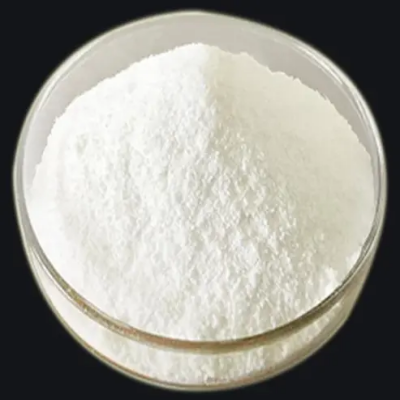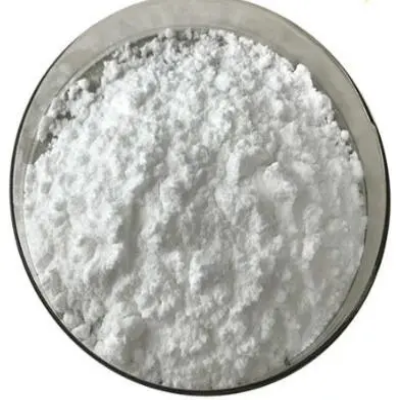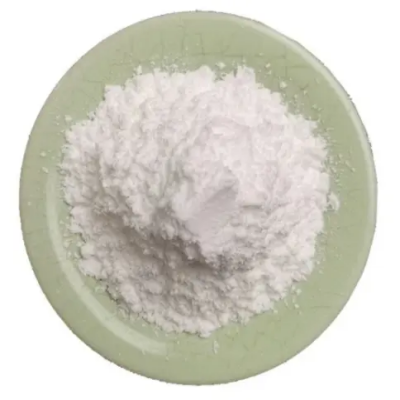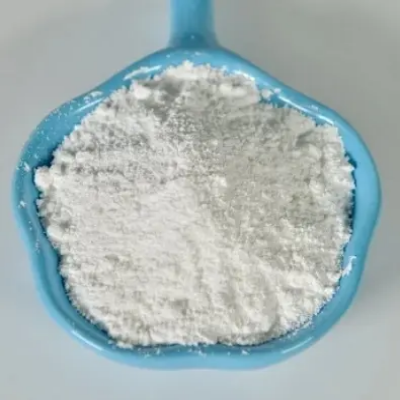3-CHLORO-2-HYDRAZINO-1,2-DIHYDROPYRAZINE HYDROCHLORIDE CAS:63286-28-2
3-Chloro-2-hydrazino-1,2-dihydropyrazine hydrochloride (C4H8ClN4·HCl) is an intriguing organic compound characterized by its unique structure comprising a dihydropyrazine ring system, which contains both hydrazine (-NH-NH2) and chloro (-Cl) functionalities. The incorporation of these groups significantly influences the compound's chemical properties and reactivity, rendering it an interesting candidate for various applications in synthetic organic chemistry and medicinal research. In organic synthesis, the presence of the hydrazine group allows for a range of condensation and nucleophilic substitution reactions. Dihydropyrazines are known for their versatility as building blocks in the synthesis of more complex molecules, including pharmaceuticals and agrochemicals. The chlorine atom provides additional sites for electrophilic aromatic substitutions, making it easier to modify the compound further, thereby enhancing its potential applications. From a medicinal chemistry perspective, compounds containing hydrazine and pyrazine moieties have demonstrated various biological activities, including antitumor and antimicrobial properties. Research has shown that derivatives of hydrazino-pyrazine compounds can interact with specific biological targets, potentially leading to the development of new therapeutic agents. The ability to tune the activity through structural modifications opens avenues for discovering novel drugs aimed at treating cancer and infectious diseases. Furthermore, the hydrochloride form of 3-chloro-2-hydrazino-1,2-dihydropyrazine is particularly advantageous as it increases solubility in water, facilitating easier handling during experimental procedures and biological assays. This property is crucial for evaluating the compound’s pharmacological effects and conducting comprehensive studies on its mechanism of action. In conclusion, 3-chloro-2-hydrazino-1,2-dihydropyrazine hydrochloride represents a significant compound in both synthetic and medicinal chemistry. Its unique structural features and potential biological activities make it a valuable target for continued research. As ongoing studies explore this compound and its derivatives, new insights into its practical applications in drug discovery and development are anticipated, contributing to advancements in therapeutic strategies.



| Composition | C4H5ClN4 |
| Assay | 99% |
| Appearance | white powder |
| CAS No. | 63286-28-2 |
| Packing | Small and bulk |
| Shelf Life | 2 years |
| Storage | Store in cool and dry area |
| Certification | ISO. |









